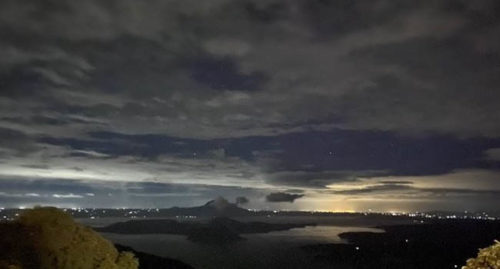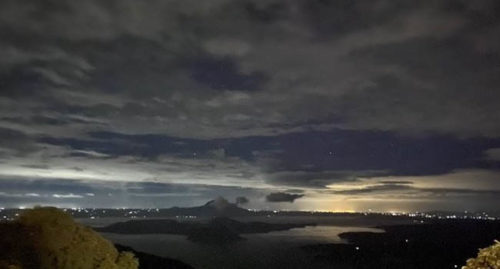No Sulfur Dioxide Detected but Low-intensity Quakes Continues in Taal
No Sulfur Dioxide Detected but Low-intensity Quakes Continues in Taal Philippine Institute of Volcanology and Seismology (PHILVOCS) said that there had been no more sulfur dioxide detected released by the Taal Volcano. The phreatic eruption of Taal Volcano leaves nearby provinces coated with heavy ashfall. Local governments immediately order residents to evacuate and put the … Read more





